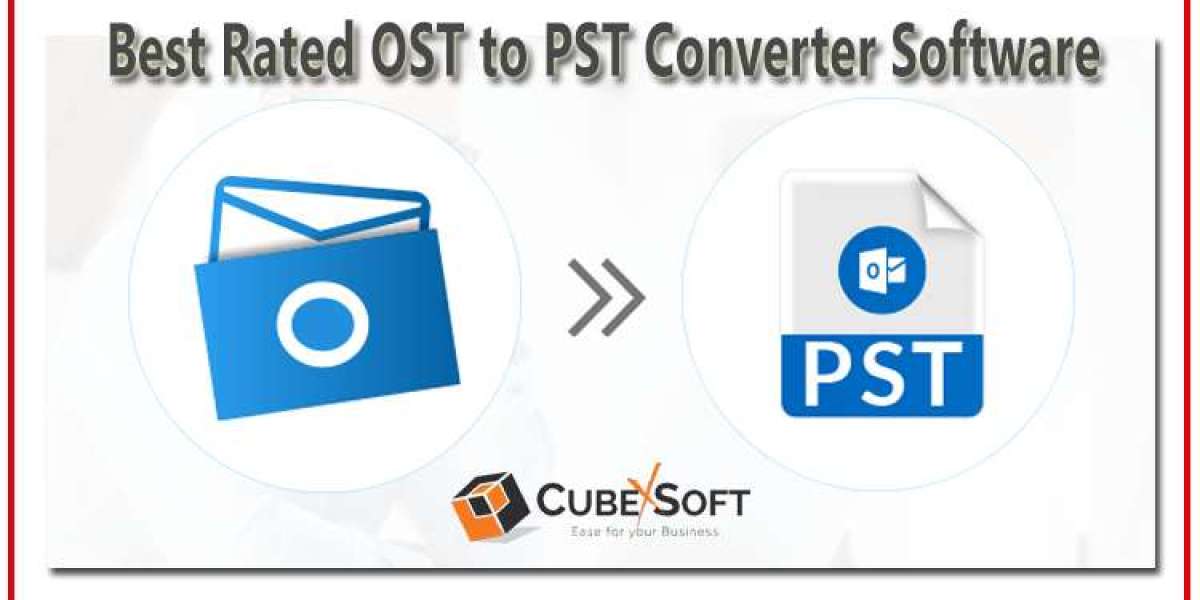Introduction: Outlook 2019 is a powerful email client that enables efficient management of emails, contacts, calendars, and more. Sometimes, you might need to export your OST (Offline Storage Table) files to preserve your data, migrate to a different email client, or create backups. In this guide, we will explain the steps to export OST files in Outlook 2019 with CubexSoft OST to PST Converter.
Understanding OST Files and Their Need for Export
OST files are used by Outlook to store mailbox data from Exchange accounts, allowing users to work offline and sync changes when online. Exporting OST files is essential for various reasons, such as data backup, migrating to a new computer, or moving to a different email platform. Converting OST files to PST (Personal Storage Table) format provides a more versatile option for managing and transferring data.
Step-by-Step Guide to Export OST Files in Outlook 2019
Note: Before proceeding, ensure you have a backup of your data or consult with your IT department for guidance.
#Open Outlook 2019:
- Launch the Outlook application on your computer.
- Click on the "File" tab located in the top-left corner of the Outlook window. From the dropdown menu, choose "Account Settings" and then select "Account Settings" again.
- In the Account Settings window, go to the "Data Files" tab. This tab lists all the data files associated with your Outlook profile.
- Identify the OST file you intend to export from the list. Make a note of the OST file's location as you'll need it later.
- Since OST files can't be directly exported, you'll need to create a PST file from the OST. PST files are more versatile and can be easily imported into various email clients.
- To ensure there are no active connections to the OST file, close the Outlook application.
#Access the Control Panel:
- Open the Control Panel on your computer.
- Within the Control Panel, locate the "Mail" or "Mail (32-bit)" icon, and open it. This action will take you to the mail setup configuration.
- In the Mail Setup window, click on the "Data Files" button.
- Click the "Add" button to create a new PST file.
- Select "Office Outlook Personal Folders File (.pst)" and click "OK." Browse to the location where you want to save the new PST file. Optionally, set a password for added security.
- In the Data Files window, select the newly created PST file and click the "Set as Default" button if you want this PST file to be the default data file when opening Outlook.
- Launch Outlook once again.
- You will now see the folders and data from the OST file within the PST file structure. You can manage, export, or back up this PST file as needed.
Try Suggested Solution – CubexSoft OST Converter Software to Export OST File in Outlook
CubexSoft OST Convertertool known as OST to PST Converter software is the best and error-free solution to convert multiple Outlook .ost files to PST file format including all emails, contacts, calendars, tasks, notes, and other items along with attachments. This software allows users to batch import OST files into Outlook PST file format at once with attachments. The software carries an easy working environment so that both professionals and home users can utilize the working steps to import OST data to PST file format. The application maintains the data integrity and folder structure throughout the process of exporting OST emails to Outlook in bulk. Get OST to PST Converter free download on any Windows OS and Mac OS version and understand the software functionality to import emails from OST to PST.
Conclusion
Exporting OST files in Outlook 2019 is a straightforward process that ensures the safety and portability of your valuable email data. By converting OST files to PST format, you gain more flexibility in managing your data across different platforms. Following the step-by-step guide outlined above will allow you to seamlessly export OST files, enabling you to retain control over your important information while adapting to changing technological needs. Always remember to keep backups of your data and consult official documentation or professionals if you encounter any challenges during this process.



